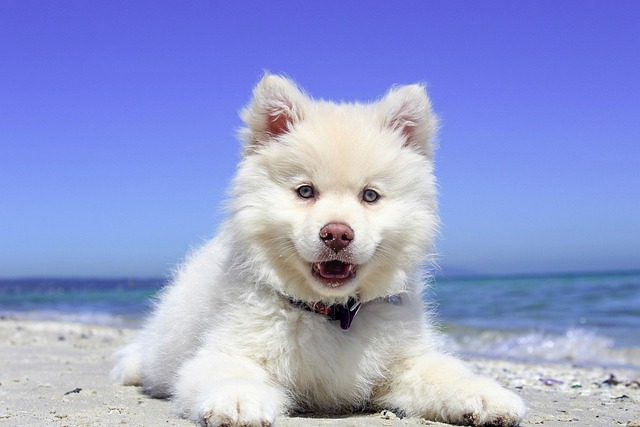
is it normal for dogs skin to peel
If you’re a new dog parent in the US—maybe you’re sitting on your Chicago apartment floor, brushing your 9-month-old rescue Lab mix
Watching a tiny puppy explore the world makes you wonder about all the little details that will shape them—including whether their coat will grow into a fluffy, long-haired style. One of the first clues is in their ears and face; long-haired breeds often have softer, longer fur around the ear edges or muzzle even as young pups, not just the short, sleek fuzz you see on short-haired counterparts. It’s a subtle difference, but run your finger gently along their ears—if the fur feels thicker and extends past the ear leather a bit, that’s a good sign.
Another spot to check is their paws. Long-haired puppies usually have tufts of fur between their toes or around the ankles, almost like tiny boots. Short-haired pups tend to have smooth paws with minimal extra fur here. You’ll also notice the texture of their overall coat; long-haired varieties often have a denser undercoat even at a young age, making them feel softer and fuller when you pick them up, instead of thin or wiry.
Knowing the puppy’s parents or breed background helps too. Reputable breeders should share info about the dam and sire—if either has a long coat, the puppy has a higher chance of inheriting that trait. Just remember, even with mixed breeds, certain physical cues (like those ear and paw tufts) still hold. Always ask breeders for health clearances and compliance with local animal welfare laws, since responsible breeding practices matter as much as coat type.
 As the puppy grows, usually around 3 to 6 months old, their coat will start to change more noticeably. Long-haired pups will develop longer guard hairs that extend beyond the undercoat, while short-haired ones will stay sleek. You might also notice more shedding during this time, which is normal—but long-haired breeds will need regular brushing to prevent mats, a habit that fits well with routines of folks who love keeping their pups tidy and comfortable at home.
As the puppy grows, usually around 3 to 6 months old, their coat will start to change more noticeably. Long-haired pups will develop longer guard hairs that extend beyond the undercoat, while short-haired ones will stay sleek. You might also notice more shedding during this time, which is normal—but long-haired breeds will need regular brushing to prevent mats, a habit that fits well with routines of folks who love keeping their pups tidy and comfortable at home.
Keep in mind that some breeds take longer to fully grow their long coats; for example, some herding or working breeds might not have their full fluffy coats until they’re a year old. Patience is key, but those early clues will help you prepare. And if you’re adopting from a shelter, staff can often share observations about the puppy’s coat growth so far, helping you plan for grooming and care that fits local rules—like keeping your pup’s fur trimmed enough to avoid tangles that could lead to discomfort.
Whether your puppy grows long hair or not, their personality will be what makes them special. But spotting those early signs lets you get ready—grabbing a good brush, learning gentle grooming techniques, and making sure you’re set up to keep their coat healthy. It’s just one small way to welcome them into your life, knowing you’re prepared for every fluffy step along the way.

If you’re a new dog parent in the US—maybe you’re sitting on your Chicago apartment floor, brushing your 9-month-old rescue Lab mix
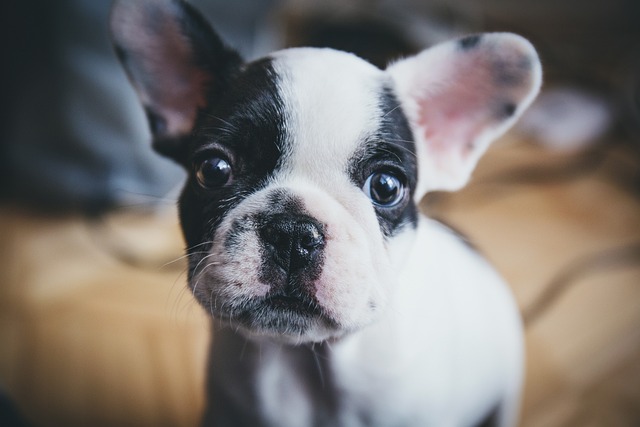
If you’re a new dog parent in the US—maybe you’re sitting on your Chicago apartment couch, petting your 9-month-old Golden Retriever
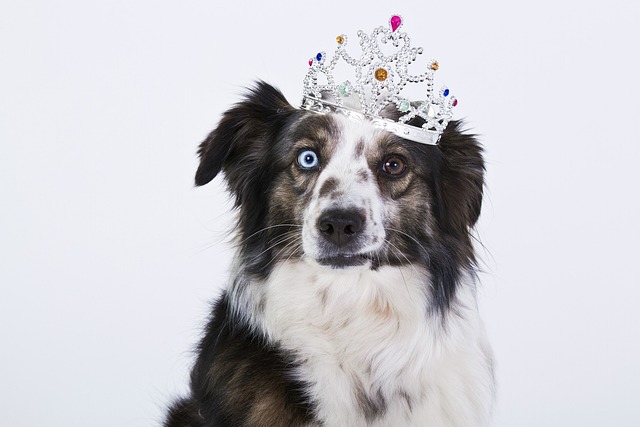
You’re standing in the pet care aisle, staring at a wall of grooming products—each bottle promising a softer coat, fewer tangles, and a happier dog.
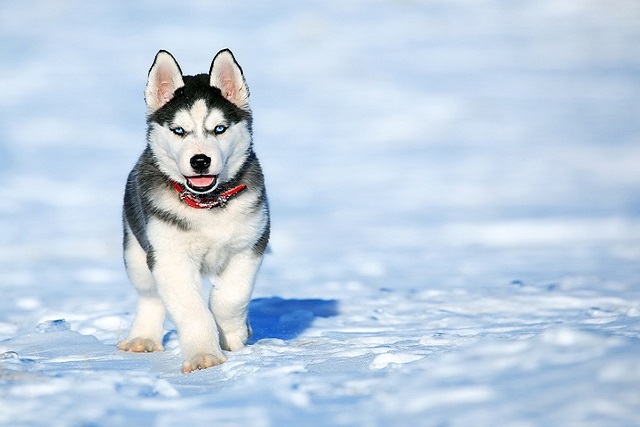
If your dog has ever had a weepy, red, or irritated eye, you know how unsettling it can feel. Maybe you noticed them pawing at their face during a morning walk
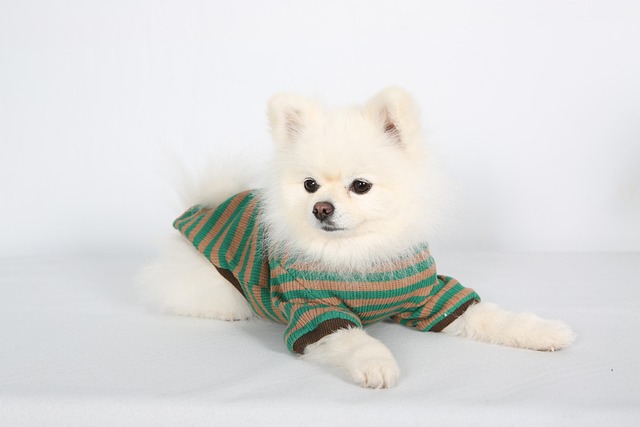
You’ve probably noticed your Pomeranian’s little belly hanging a bit lower these days, or maybe they huff more when climbing stairs—signs those extra pounds are starting to slow them down.
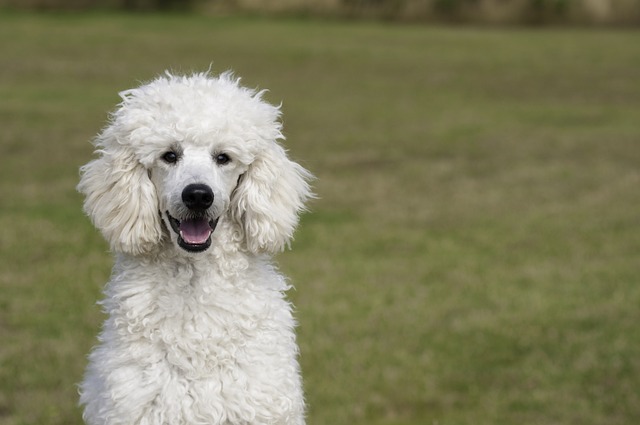
Watching a tiny puppy explore the world makes you wonder about all the little details that will shape them—including whether their coat will grow into a fluffy, long-haired style.